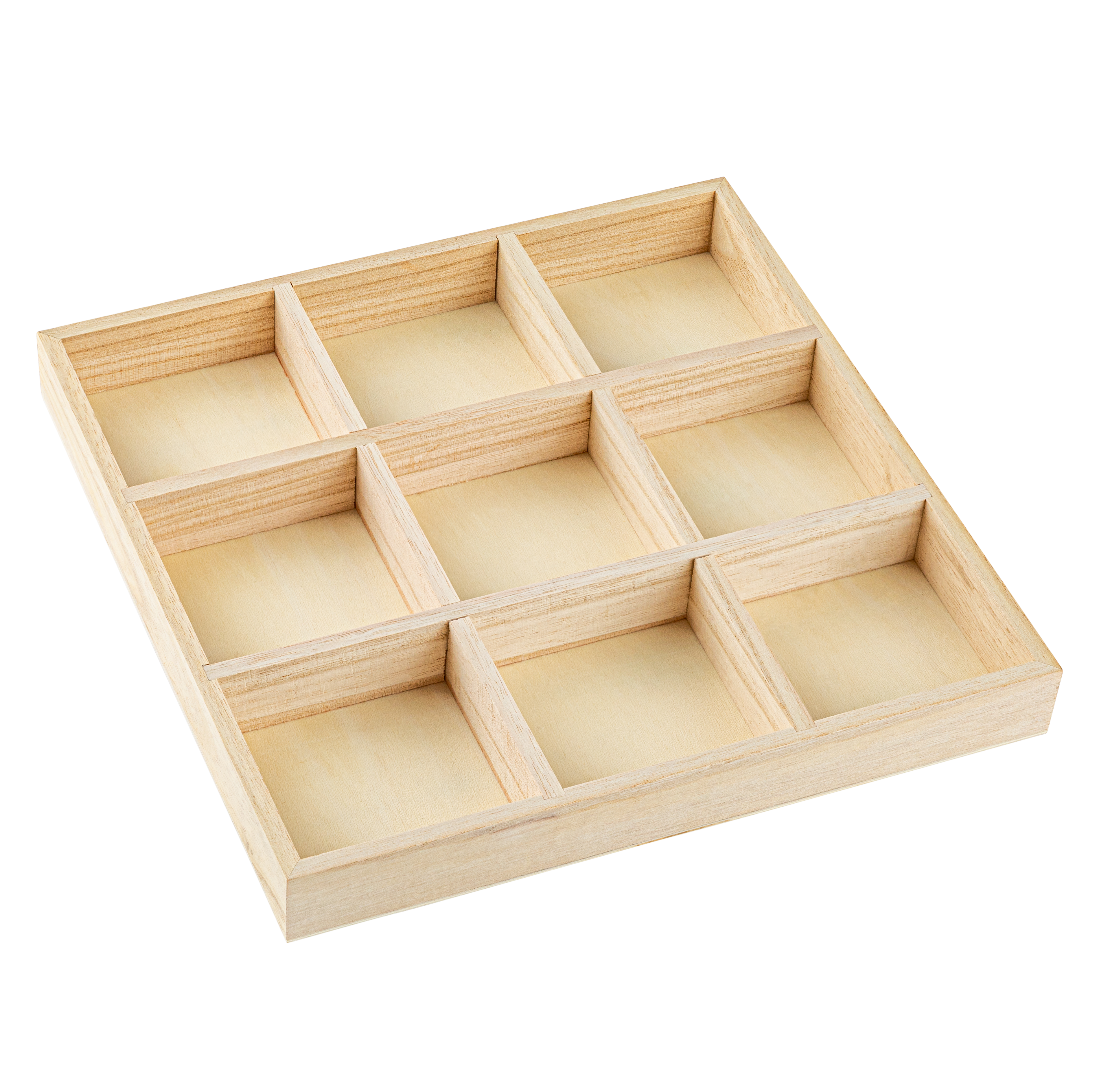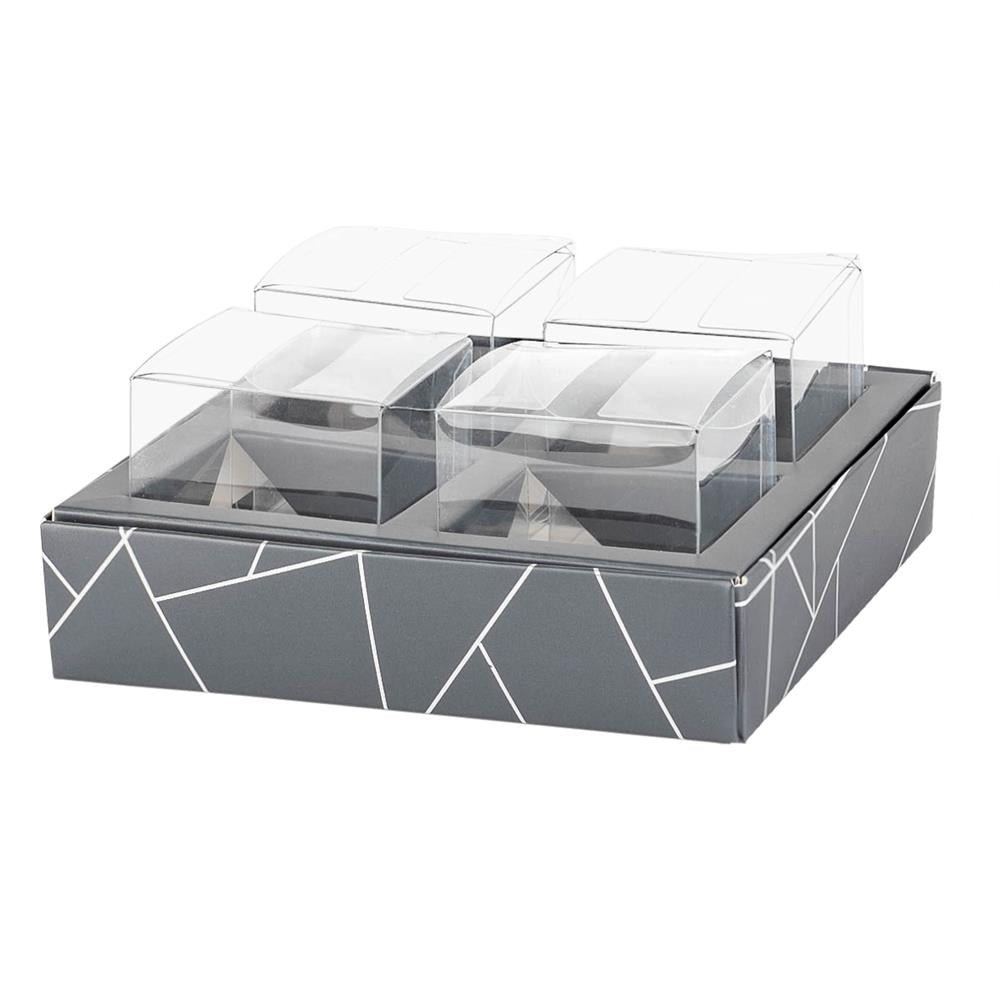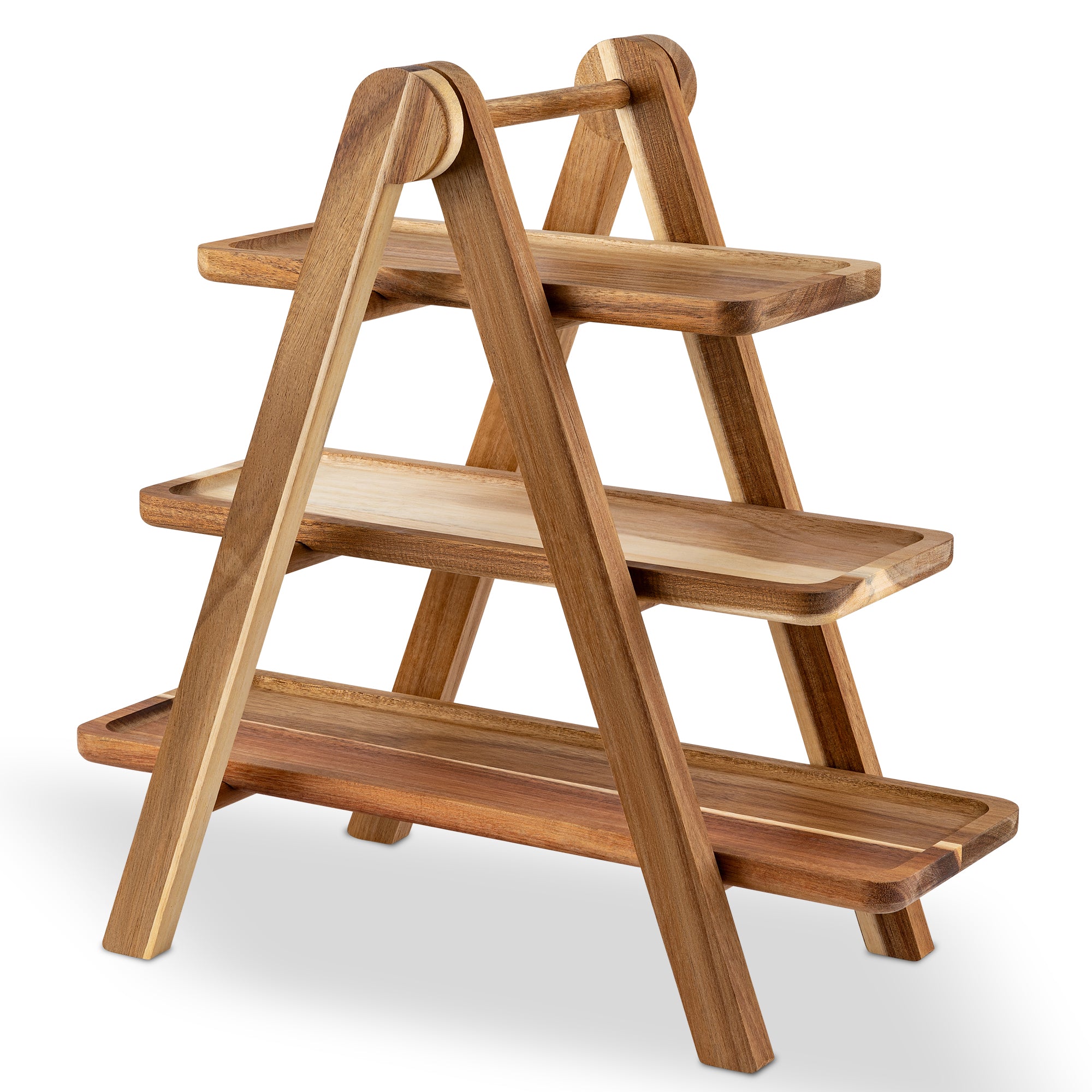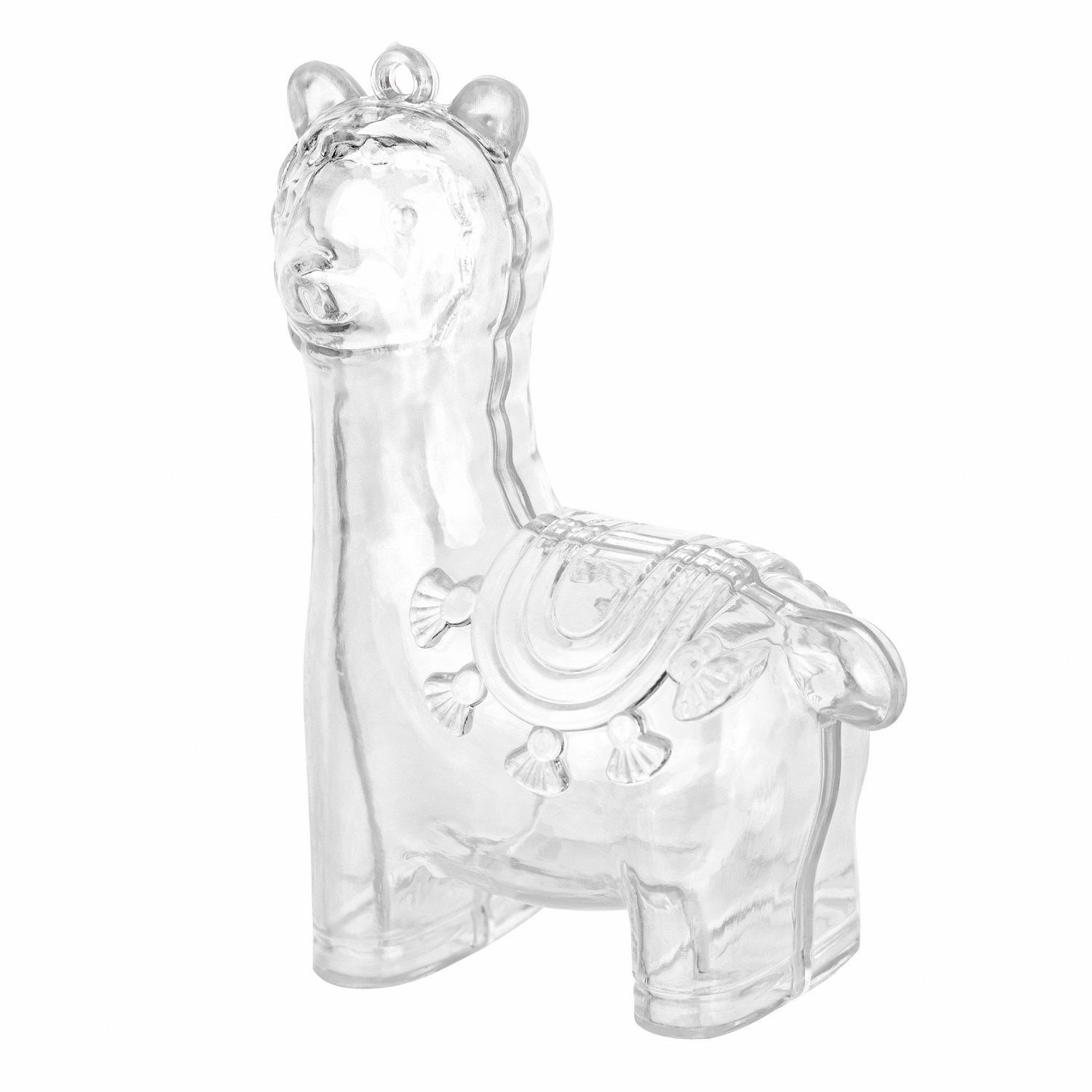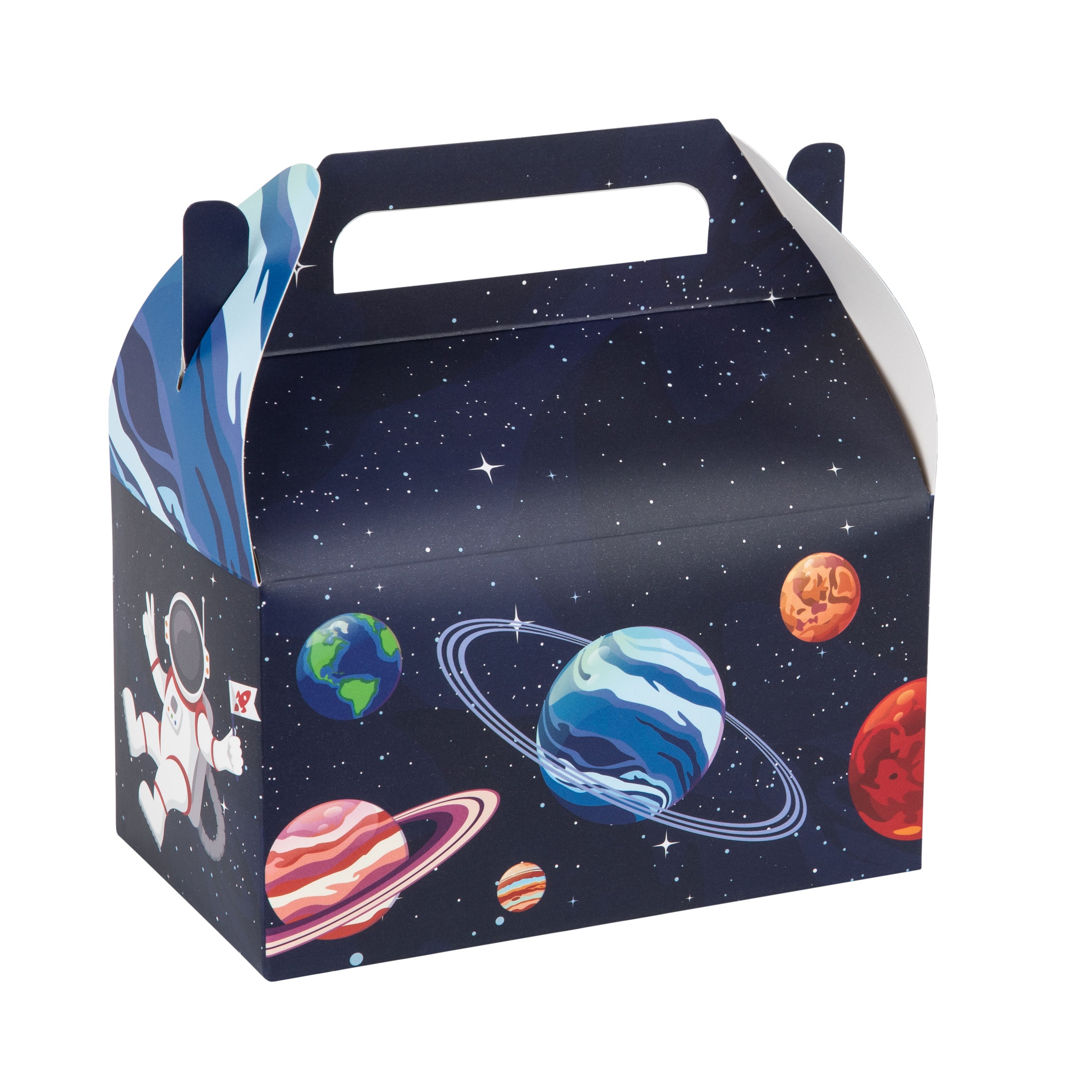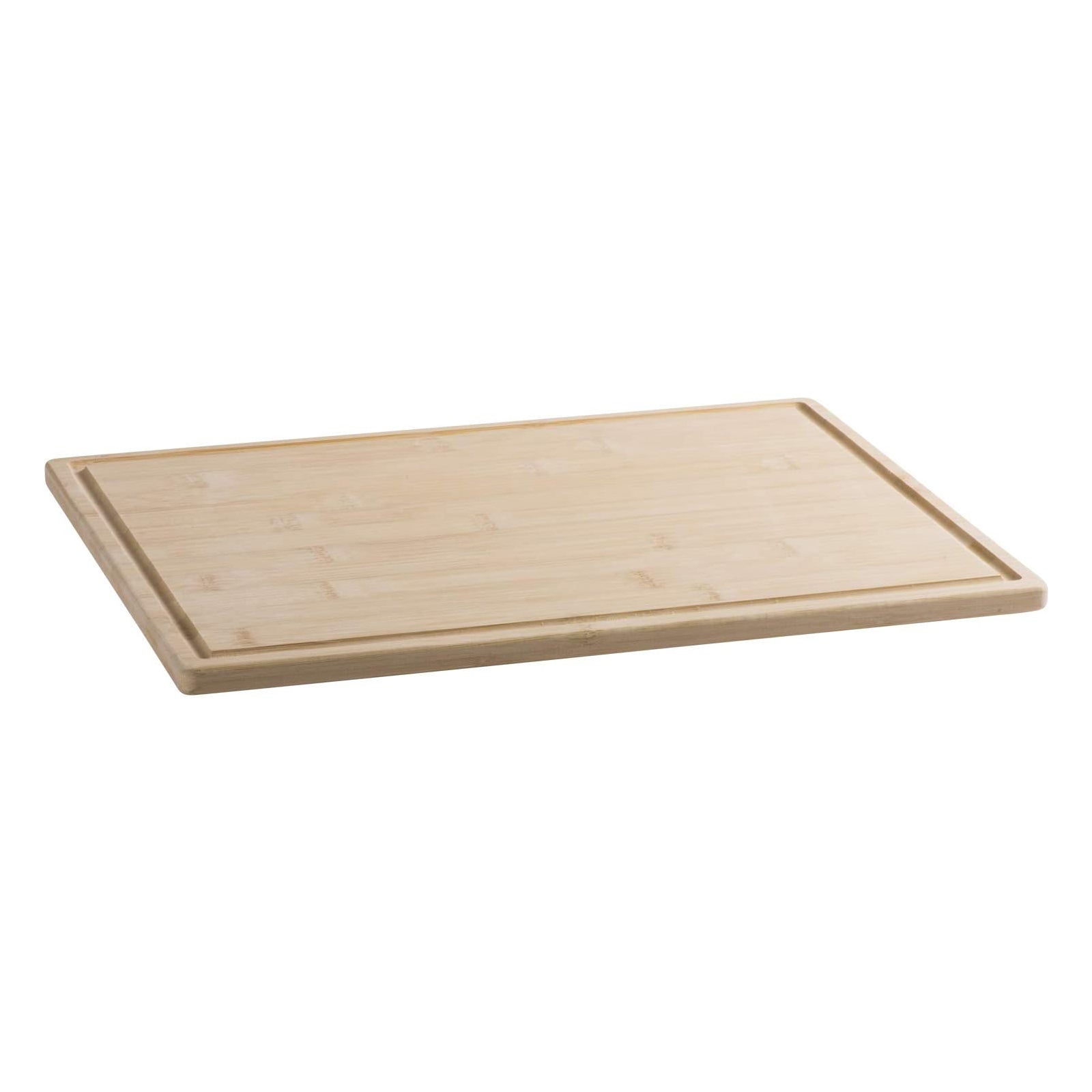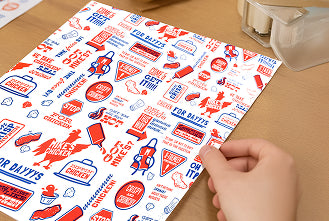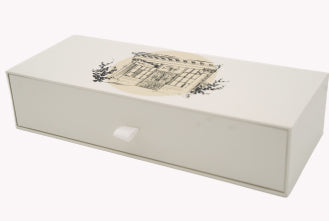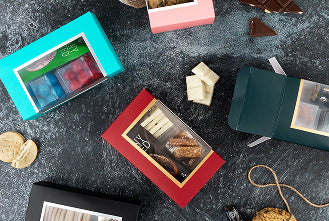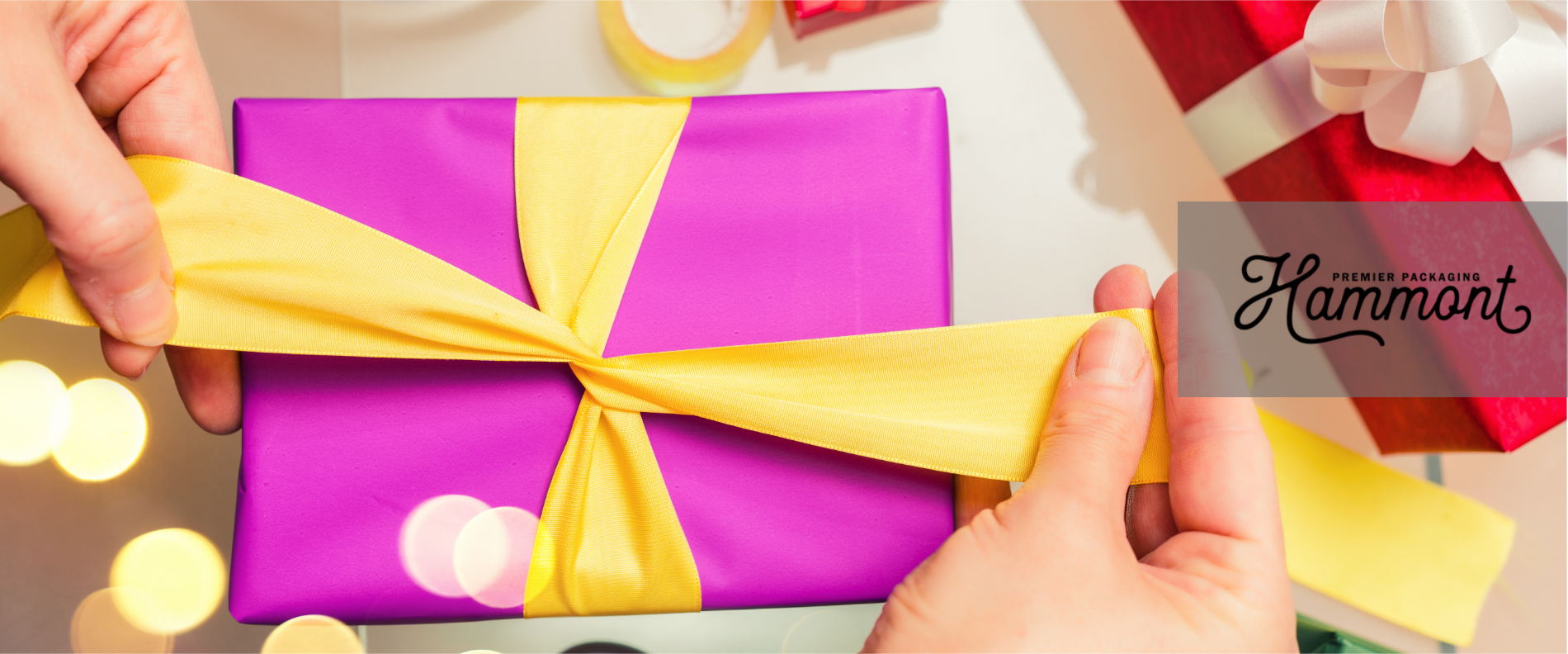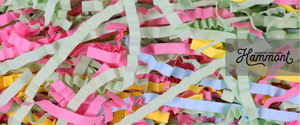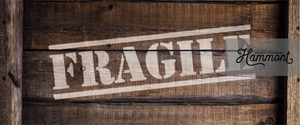Is something off with your gift wrapping? Or maybe it’s not quite “hitting” the way you thought it would? The wrapping is wrinkled, the ribbon’s awkward, or the whole thing just looks... off.
The truth is, gift wrapping is more than just presentation—it sets the tone. It’s the first impression your recipient gets, creating a moment before the gift is even opened. But despite good intentions, common wrapping mistakes can leave even the most thoughtful gifts looking rushed or impersonal. In some cases, poor wrapping can even damage the contents or create unnecessary waste.
The good news? A few simple strategies can go a long way! So, what mistakes should you ensure you avoid? Are you making any of these?
| Mistake | Why It’s a Problem | How to Avoid It |
|---|---|---|
| Choosing the Wrong Size Packaging | Too large makes the gift look small and unstable; too tight causes bulging or tearing, damaging the presentation and contents. | Measure the gift first. Use packaging 1–2 inches larger on each side. Match shapes (e.g., bottles in bags, soft items in pouches). |
| Overcomplicating the Wrapping | Too many ribbons, patterns, or glitter overwhelm the eye and frustrate recipients when opening. | Stick to one quality wrap and a single accent (ribbon, wax seal, or greenery) for elegance and ease. |
| Skipping the Details That Make It Special | Without tags or notes, gifts can feel generic or impersonal—especially in group settings or business contexts. | Always include a tag or short note. For brands, use custom labels or colors for memorability and emotional impact. |
Mistake #1: Choosing the Wrong Size Packaging
Size matters when it comes to packaging - and not just for aesthetics. Using a box or bag that’s too large can make the gift look smaller than it really is. It also creates empty space where items can shift, increasing the risk of damage during transport.
On the flip side, trying to cram a gift into packaging that’s too small often results in bulging sides, torn edges, and a frustrating unboxing experience. The packaging may rip or become misshapen, which can cheapen the overall presentation—especially if the gift itself is high-end.

So, how can you avoid it? This is ultra-simple. Before wrapping, take a minute to measure your gift—length, width, and depth. As a general rule, aim for packaging that’s roughly one to two inches larger than the gift on all sides. This allows room for protective filler like tissue or crinkle paper, while keeping everything snug and balanced.
If the item is an unusual shape, don’t force it into standard packaging. A wine bottle fits much better in a cylindrical bag than a rectangular box. Soft items like scarves or plush toys work well in fabric wraps or drawstring pouches, which adapt to the shape and add texture and charm.
Mistake #2: Overcomplicating the Wrapping
In an effort to make gifts look extra special, it’s easy to go overboard. Too many patterns, multiple ribbons, oversized bows, glittery embellishments—it all adds up to a chaotic presentation. Rather than looking festive, the result often feels cluttered and overwhelming.
Overcomplicated wrapping can also be impractical. It takes more time, uses more materials, and often leads to uneven or frustrating results. Plus, complex packaging can be awkward to open. When there are too many layers or fragile decorative elements, recipients may hesitate or feel guilty about tearing into something that looks like it took hours to make.
The key is simplicity. Choose one quality wrapping material as your foundation—a solid-colored paper or bag, or one with a subtle pattern. Then add a single accent: a well-tied ribbon, a simple tag, or a small natural touch like a sprig of greenery or a wax seal.
Mistake #3: Skipping the Details That Make It Special
Even the most beautifully wrapped gift can fall flat without the little finishing touches that bring everything together. These small details are what make your presentation feel thoughtful and complete.
Skipping tags, notes, or embellishments can make a gift feel impersonal—especially in settings where multiple gifts are exchanged, like birthdays or holidays. The recipient might not even know who it’s from, which can lead to awkward moments.
For businesses, it’s a missed opportunity for branding. Custom tags, stickers, or signature colors create a consistent look that customers remember and associate with your product or service.
The details are also where emotion comes in. They’re what turn a simple object into a memorable experience.
While this might seem obvious, let’s be clear: Always include a tag, card, or label—even if it’s just a quick handwritten note. It adds a layer of personalization and thoughtfulness. For personal gifts, a short message or memory makes it even more meaningful.
| Wrapping Step | Common Pitfall | Best Practice |
|---|---|---|
| Choose Packaging | Wrong size—either too tight or too roomy | Pick packaging 1–2" larger than the gift. Shape match when possible. |
| Wrap the Gift | Too many decorations, patterns, or ribbons | Use one main wrap + one accent. Keep it clean and intentional. |
| Finishing Touch | No tag, note, or brand detail | Add a card or custom tag. Personal notes = meaningful impact. |
The Key: Keep Things Simple
Wrapping a gift doesn’t have to be complicated to be beautiful. With just a bit of planning and attention to a few key details, you can create packages that feel thoughtful, professional, and personal. It’s not about perfection—it’s about care and intention.
Choosing the right size packaging, keeping your design clean and simple, and taking a moment to add that final special touch can turn an ordinary gift into something truly memorable.
And remember, wrapping is a part of the gift. It’s the outer expression of your thoughtfulness—the preview before the surprise! So make it count.
Want to elevate your gift packaging? Check out Hammont’s gift wrapping options.

